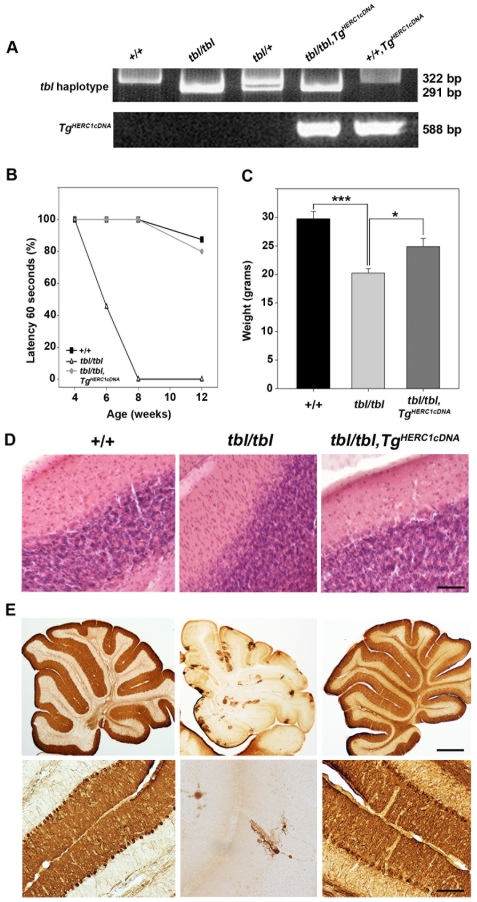Figure 5. Rescue of the tambaleante phenotype.
(A) Genotyping analysis by PCR of genomic DNA to identify transgenic and tambaleante animals. (B) Motor coordination was tested in wild-type (+/+), homozygous (tbl/tbl), and homozygous with transgenic copies (tbl/tbl;TgHERC1cDNA) animals (n = 5–9). Testing began at 4 weeks of age and was conducted until week 12 to follow the progression on each phenotype. The animals were put on the rotarod until the latency to fall off reached the total time of 60 s and the percentatge (%) of animals that stayed during this time was represented. (C) Weight chart of these animals (n = 5–9) aged 3–6 months of age. Data show mean±s.d. *** p<0.001, * p<0.05. Staining with H&E (D) and immunostaining with anti-calbindin D28k antibodies (E) of cerebellum sections of these animals. Scale bars: (D,E lower pictures) 25µm; (E upper pictures) 500µm. See Materials and Methods for detailed protocols.

